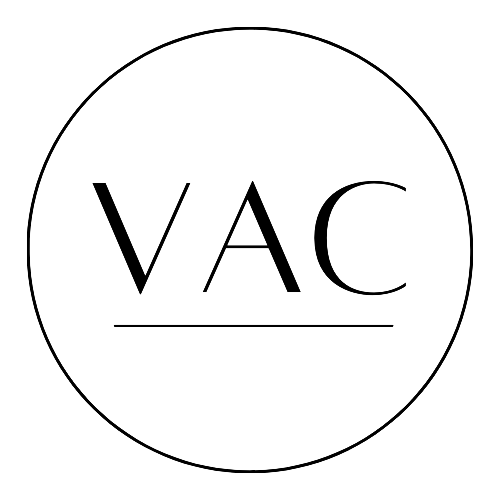Chau Nguyen: Memory, Language & History
Born in Vietnam and living in Philadelphia, Chau Nguyen explores visual memory, language, and the complex history of their home country through an interdisciplinary practice. Drawing upon their experience as a queer BIPOC immigrant, Chau’s work invites the viewer to contemplate cultural identity, personal trauma, colonial fragments, and transnationalism.
How did your creative journey begin?
I guess I have always wanted to be an artist. However, I did not have the chance to explore the arts up until I went to college and started taking art classes. When I started seeing myself as a painter, it was like having a new way of seeing. I don’t have a balanced relationship with art-making; I am always very drawn to it. I would make work obsessively, in long stretches of time. After graduating from college, I gave up a more stable career to pursue being an artist. It hasn’t been easy, but I have also received a lot of valuable mentorship and cultivated relationships as an artist. I am grateful to be where I am.
Where do you find inspiration for your work?
Since my work has a text component, I would read a lot of fiction, poetry, and theory. It helps that I am bilingual – my command of both Vietnamese and English allows me to see the friction between languages and subversive ways of translating them in my work. My interest in the History of Art is about bringing theory to practice; in other words, I aim to convert the histories that I absorbed into a coherent visual language. As I am a queer BIPOC immigrant, having my own lived experiences and observing the experiences of others are also tremendous sources of inspiration. Lastly, I always make time to see exhibitions by other artists. I think spending time with other artists’ work is the ultimate source of inspiration.
How has your work shifted and evolved over time?
As I did not have a BFA, I spent some time after graduation learning how to paint formally. I was interested in painting as a visual language and wanted to explore its potential in my practice. Entering graduate school has allowed me to develop a more concept-driven practice and explore a range of materials and approaches such as sculpture, installation, video, and research-based digital work.
What does a typical day in the studio look like for you, and how has your art practice grown or changed?
Sometimes I spend long hours in the studio (between 8-14 hours a day). Other times, I would have a 3- or 4- hour block in the studio and try to make the most out of it. I typically have good focus in the studio, which allows me to really immerse myself in the work I do.
I have been trying to slow down my practice, in the sense that I would like to spend more time on each individual work. I think it means I’m trying to practice patience. In the studio, time is material. My art practice has become more conceptual, and I want to take time to explore how ideas can emerge in visual forms.
Which experiences have impacted your work as an artist?
Being an immigrant and having lived on multiple continents have definitely impacted my work. I lack a sense of attachment to places; I also retain a lot of visual memory of where I have been. The experience of hearing and learning different languages also does something interesting to me – I never imagined multilingualism would be part of my art practice, but this integration has happened.
My upbringing in Vietnam has also been influential, in that Vietnam carries a long history of war and oppression. The country has absorbed globalization in very interesting ways: There is no monolithic cultural force in Vietnam. Growing up in Vietnam is constantly walking into historical and cultural remnants belonging to different periods. It also made me attuned to the power paradigms between foreigners and locals, as well as the manifestation of race and class in society.
How has Instagram impacted your art career?
Instagram has given me a platform to share my work and be part of a supportive network.
What are your future goals and aspirations?
I am currently working on my MFA thesis project, which will be completed in a few months. “Traces of Tomorrow” is my transnational, research, and technology-based project with funding and support from the Duckworth Scholars Studio, Tyler School of Art, and Vietnamese art history scholars. It contemplates the decolonization of Vietnamese commercial oil paintings through the mass production of copies of Western masterpieces in Asia and the current state of Vietnamese oil paintings.
I don’t have a concrete plan for post-graduation, but I would like to create an environment where I can keep making art. Art is the most important part of my life. I always found myself coming back to it even when I had non-art jobs and was without my current network. Additionally, I would like to be more invested in Vietnamese history and archives as an artist. Being able to pursue my research has been meaningful to me. I would like to contribute to the ethnography of Vietnamese art in my own ways.
Website: chauspace.com
instagram: @chauspace






